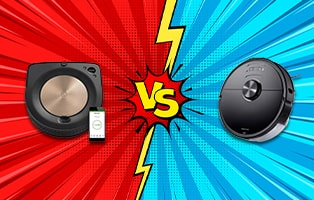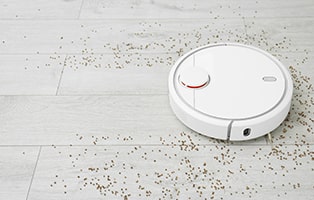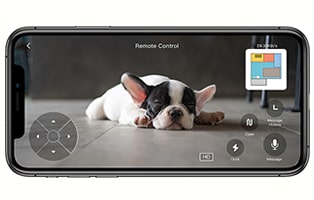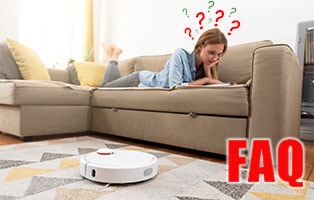The battle of “Roomba vs. Roborock” is about to begin! Find out Who Wins and Why!
Do you need help keeping your floors radiantly clean and blessedly free from dirt and debris?
If so, consider investing in a robotic vacuum cleaner. They’re terrific for everyone who despises vacuuming with every fiber of their being. With one of these units rolling through your residence, you can spend precious time on more important things than lugging a big ol’ manual model around.
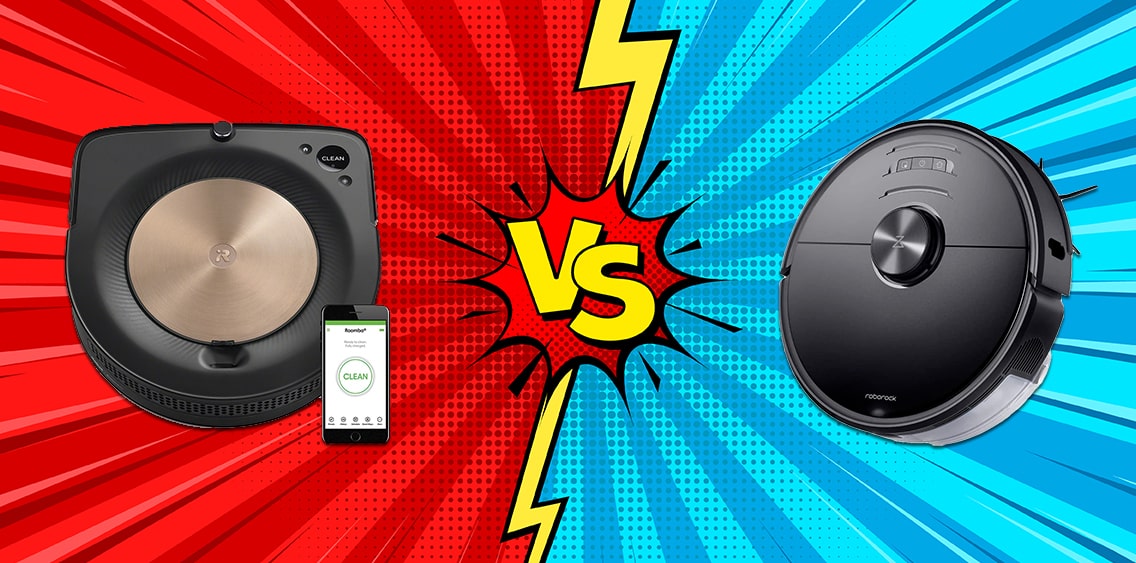
Trust me—after taking a robotic vac for a test run, you’ll wonder why you didn’t get one sooner. With a robotic vacuum, your living quarters will always be kept sparkling clean—without you needing to lift a finger. You’ll no longer have to do the vacuuming yourself or hire a human who charges an arm and a leg for their services.
Currently, the most popular robotic vacuum brands are Roomba and Roborock. Both companies offer a range of autonomous cleaning machines incorporating cutting-edge technology and superior performance.
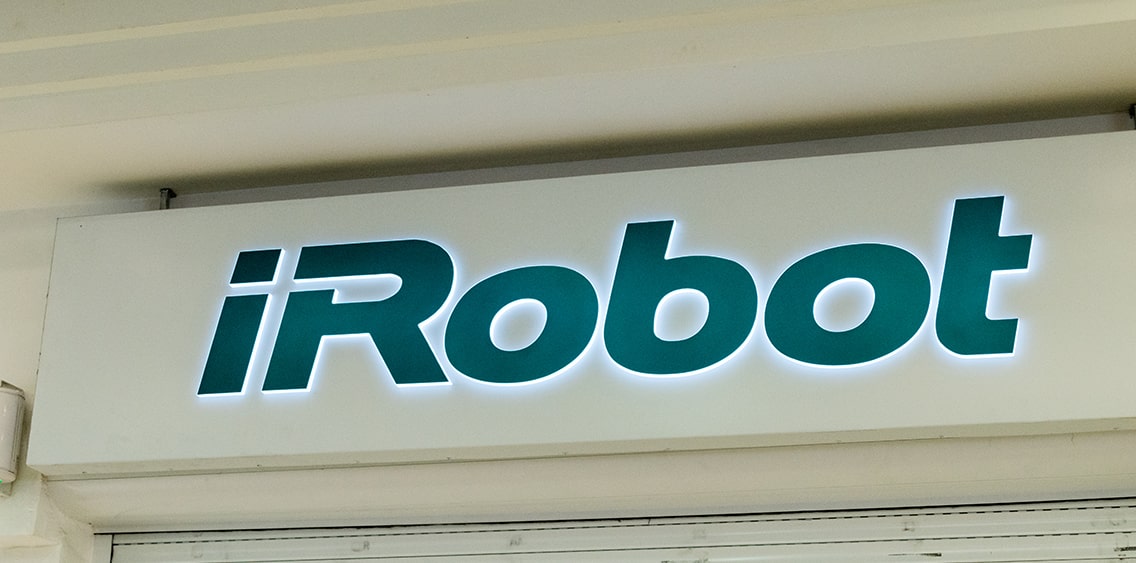
These days, iRobot is synonymous with robotic vacuum cleaners. That’s why most people say that instead of owning a robovac, they own a Roomba. However, this doesn’t mean that Roomba is better than Roborock.
Roomba does all its manufacturing in Bedford, Massachusetts, while Roborock is headquartered in Beijing, China. Roomba, the original creator of robovacs, has been making them since 2002. Roborock began corporate life in 2014. However, its first product didn’t roll off the assembly lines until 2016.
When Roomba was known as iRobot, it built technologically sophisticated droids for military defense and space exploration. Like practically every other cutting-edge gadget, the technology eventually trickled down into a consumer product.
Similarities Between Roomba and Roborock
Self-Emptying Dustbins
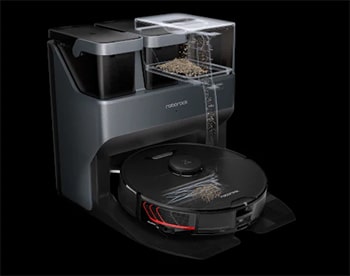
Both companies manufacture models with self-emptying dustbins, making an autonomous machine even more self-sufficient. When a unit with this feature completes a cleaning session, it heads back to its charging dock, emptying all the collected dust and debris into a disposable bag.
You only need to empty robovacs with self-emptying dustbins every couple of months or so. Moreover, these bags are self-sealing, saving you from the unpleasant scenario of a disgusting mushroom cloud of dust enveloping your face.
Emptying the bag couldn’t be easier—just pull it out and throw it in the nearest trash receptacle. There’s no mess, and allergens don’t get kicked back into the air.
Simultaneous Mopping and Vacuuming
You used to have to manually attach mopping pads to robot vacuums if you wanted them to mop and vacuum simultaneously. However, Roborock and Roomba currently manufacture models that carry out both functions in a single unit.
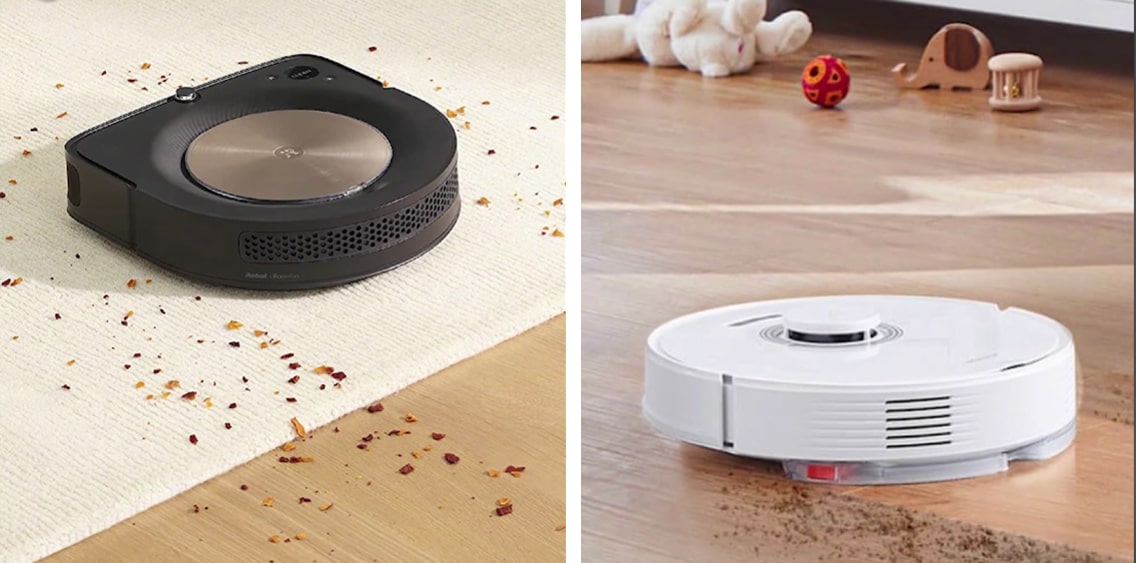
Moreover, some of these machines can tell the difference between floor types so they can automatically lift their pads when traveling over rugs. That way, your expensive carpets won’t get ruined by an overabundance of water.
Smartphone Apps
Roomba and Roborock have user-friendly smartphone apps that give you total control of your unit wherever in the world you happen to be. Through the app, you can create customized cleaning schedules, establish “no-go” zones anywhere you don’t want your robotic cleaning assistant to wander, and other things.
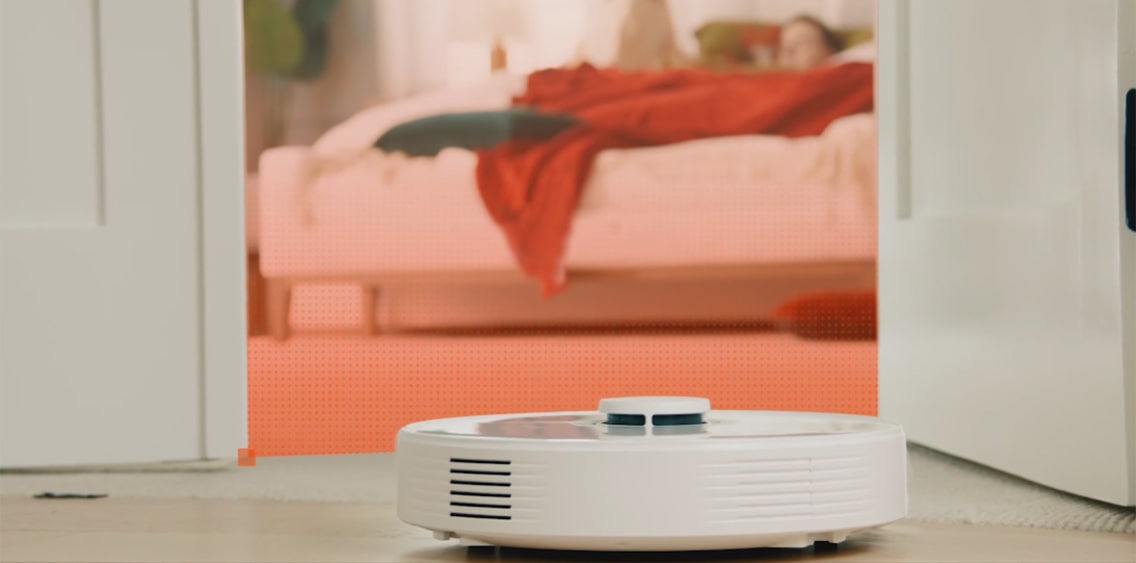
Once, you had to physically place magnetic strips to keep your dust-busting bot out of areas you wanted it to avoid. Now, all you need to do with most units is to pinch and zoom a box over a specific area of your in-app map.
As long as this region remains red, your bot won’t step foot in it. So, if it gets stuck under your sofa, disturbs your dog’s food dish, or gets tangled up in a frilly rug, you can order it to stay far away from these danger zones. You can even use the app to pair your unit with virtual personal assistants such as Google Assistant, Amazon Alexa, or Apple HomeKit to make operation even more convenient.
Differences between Roomba and Roborock
Navigation
When it comes to navigational ability, Roborock wins hands down. Navigation on robotic cleaners might not sound like a huge deal, but it is. That’s because a bot with poor navigational abilities not only does a lousy cleaning job but can also topple expensive things, such as fragile statues and speakers.
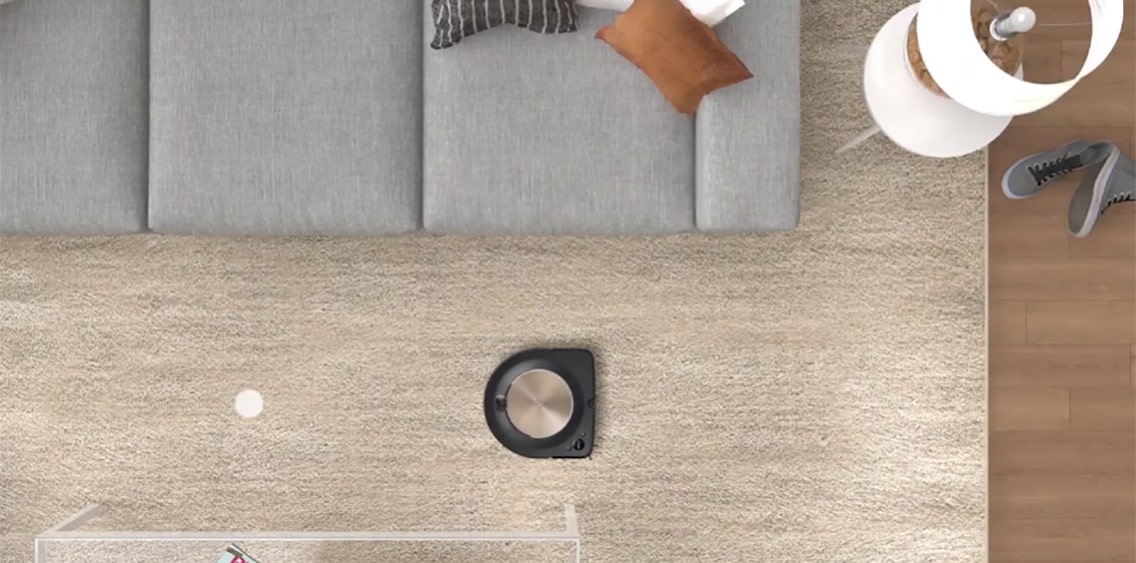
Roomba uses vSLAM to steer clear of obstacles, while Roborock uses LiDAR. vSLAM, or visual “simultaneous localization and mapping”, is a technology that captures an incredible 230,400 data points per second using optical sensors. This enables a robovac to create a map of its surroundings, including its position within that environment.
LiDAR stands for “Light Detection and Ranging” and is another remote sensing technology that uses a pulsed laser to measure distances to objects.
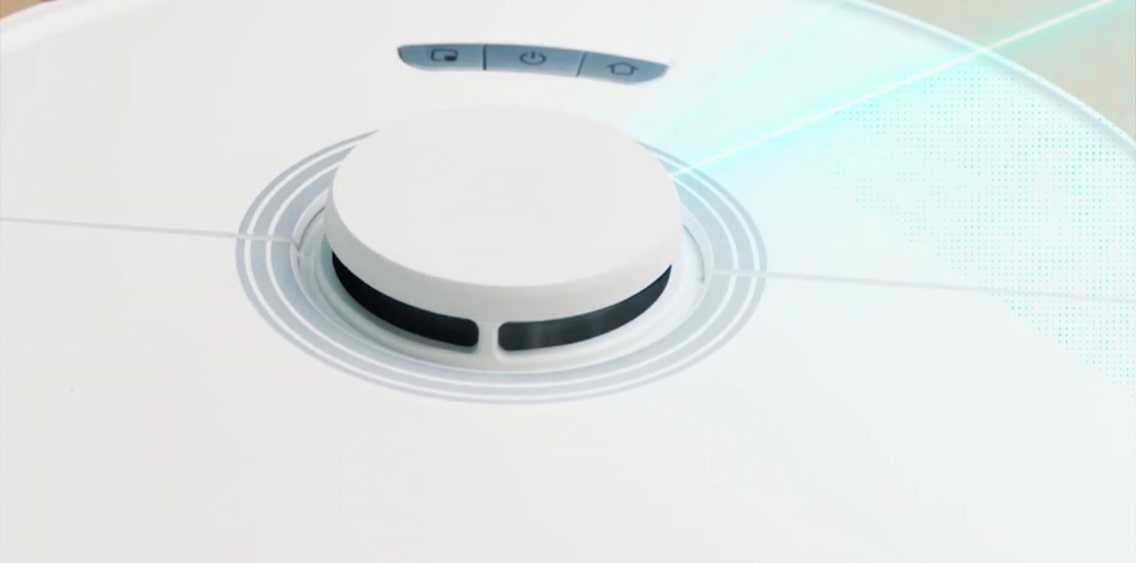
LiDAR technology is better at mapping a room and figuring out the most efficient cleaning path. The more nuanced navigational system of the Roborocks means they won’t crash into furniture as much and have a better ability to maneuver in and out of tight corners.
If you’re standing in the way, there’s also a much lower chance of getting your toes run over. LiDAR sensors don’t rely on external light sources to find their way around. Unlike bots with cameras (like Roombas), you can operate them even when it’s pitch black.
However, the Achilles heel of Roborock vacs when it comes to obstacles is they’re not so hot at avoiding power cords—particularly if they’re thin.
Sonic Mopping
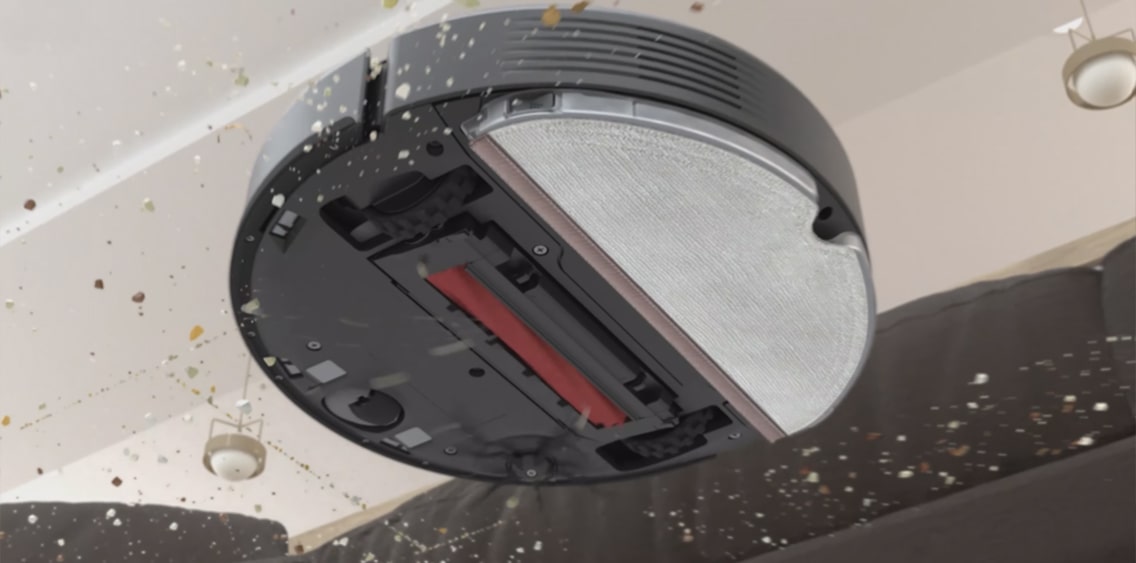
While both companies manufacture units that simultaneously vacuum and mop, Roborock has a feature known as “sonic mopping,” a pad vibrating at 3,000 times per minute that powerfully shakes dirt loose. This means that dried-on dirt other units leave behind gets scoured away, thus preserving the beauty of your floors.
Brush Design
As far as brush performance goes, Roomba is the winner. Models of both brands have dual spinning brushes on the front, one on each side, and a center rotating brush. However, the ingenious design of Roomba’s brushes means they’re better at picking up pet hair.
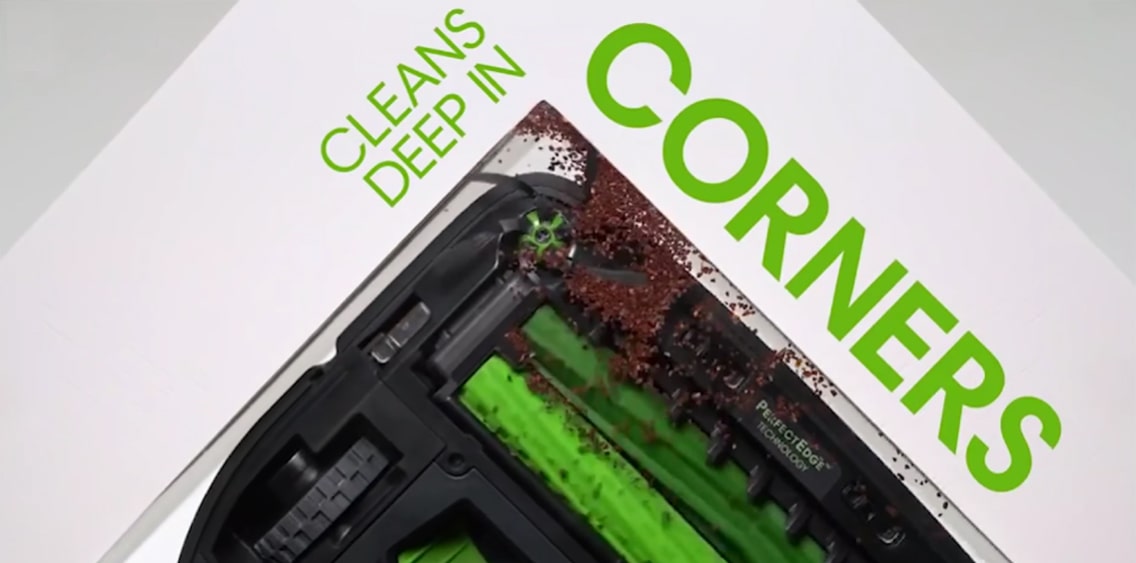
Roombas used to come with a cleaning attachment that was a combination of bristle and blade, which excelled at picking up debris—even on deep pile carpets. However, a problem with this kind of brush is that hair tended to get tangled up in it.
That’s why, starting with the Roomba 980, the company decided to go with bristleless brushes. Because they resist tangles more effectively than their bristled counterparts, they cut down on the amount of hair that ends up in the brush. While Roborock also uses brushes without bristles, their system can’t compete with the superior design of Roomba brushes.
3D mapping
When Roborock launched the S7 MaxV Ultra, they added a feature that has since been retrofitted into some of their older vacuum cleaners—a 3D map. This lets you view a map from a stunning three-dimensional perspective in addition to the top-down 2D view.
Roombas don’t have this feature. However, while 3D maps are visually appealing, they have little practical benefit.
The More Intuitive App
While both brands have apps with many of the same functions, the Roomba app is cleaner, more visually appealing, and more intuitive. This gives Roomba vacuums a somewhat better user experience.
Battery Life
Both companies make models with decent battery lives, with most of them able to return to the docking station to recharge. This makes battery life less of a factor than it once was. However, it can still matter if you have a big home with lots of rooms.
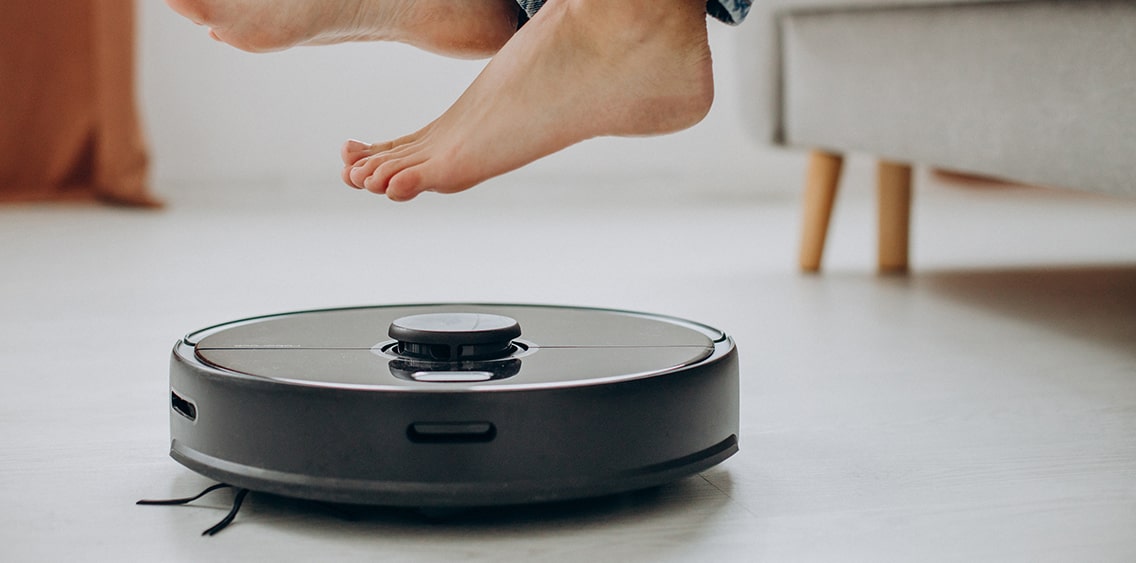
Most Roomba models have batteries lasting approximately 400 charges and up to two hours. On the other hand, the majority of Roborocks come with batteries lasting up to three hours on a single charge.
Suction
The more suction a vacuum cleaner has, the better it can gobble up all the debris and dirt that seems to magically accumulate on floors. This is something you’ll appreciate if you have thick carpets, require a deeper clean, or have pets that shed lots of fur.
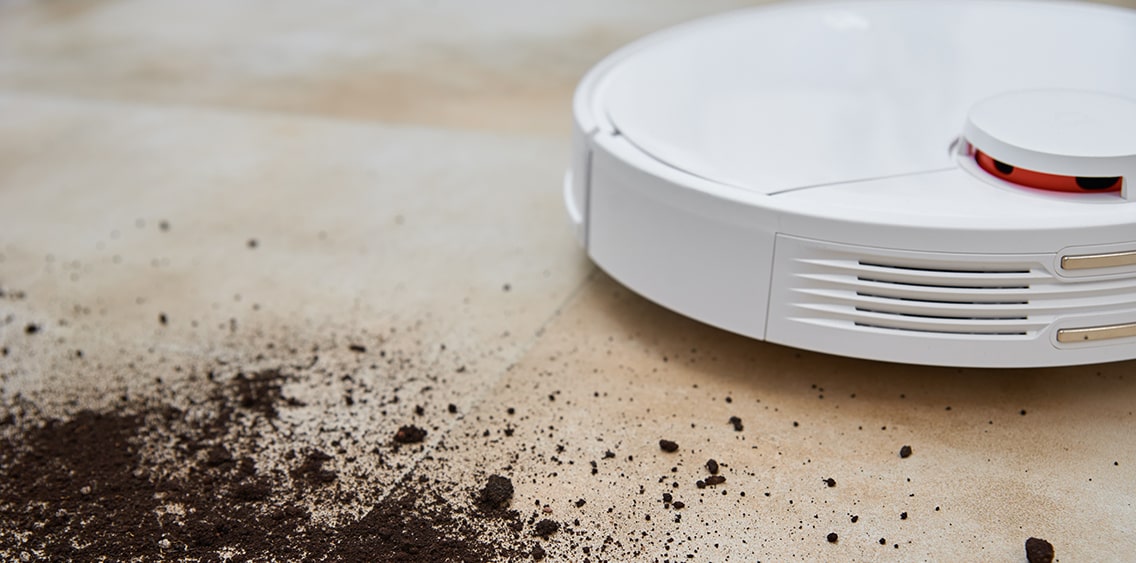
Although Roombas once had more robust suction than Roborocks, that’s no longer the case. For example, many Roombas max out at about 2500Pa. On the other hand, the Roborock S7 is rated at 5100Pa. This means that if you want a robot with maximum ability to eradicate dirt and debris, go with a Roborock.
Ability to Save Maps
Both manufacturers make units that allow you to store multiple maps of a home. However, Roomba can save up to 10 maps versus Roborock’s four—fantastic if you live in a bigger house and don’t want to be constantly starting at square one.
Which is Better: Roborock or Roomba?


It used to be that Roborock was an inferior alternative to the better-known Roomba. However, that’s no longer the case because the business has made quantum leaps since being founded in 2014.
In fact, Roborock’s products have improved so much that they’re now a worthy competitor to the established company. By considering which features are most important when choosing which brand to go with, you’ll boost the chances you’ll end up with the unit that’s right for you.
To see which robot vacuum and mops we tested, check out our guide. If you’re looking for the best cheap robot vacuum and mop combos, take a look at the article we wrote. We also reviewed dozens of top robotic vacuum brands to make your buying decision easier, and have recommendations if you’re looking for the best robovacs for pet hair.

Robot Tips & Tricks
